Mindo, Ecuador
Mindo, a small village in Pichincha Province, is nestled in the Mindo-Nambillo Cloud Forest, about 80 km (50 miles) northwest of Quito.
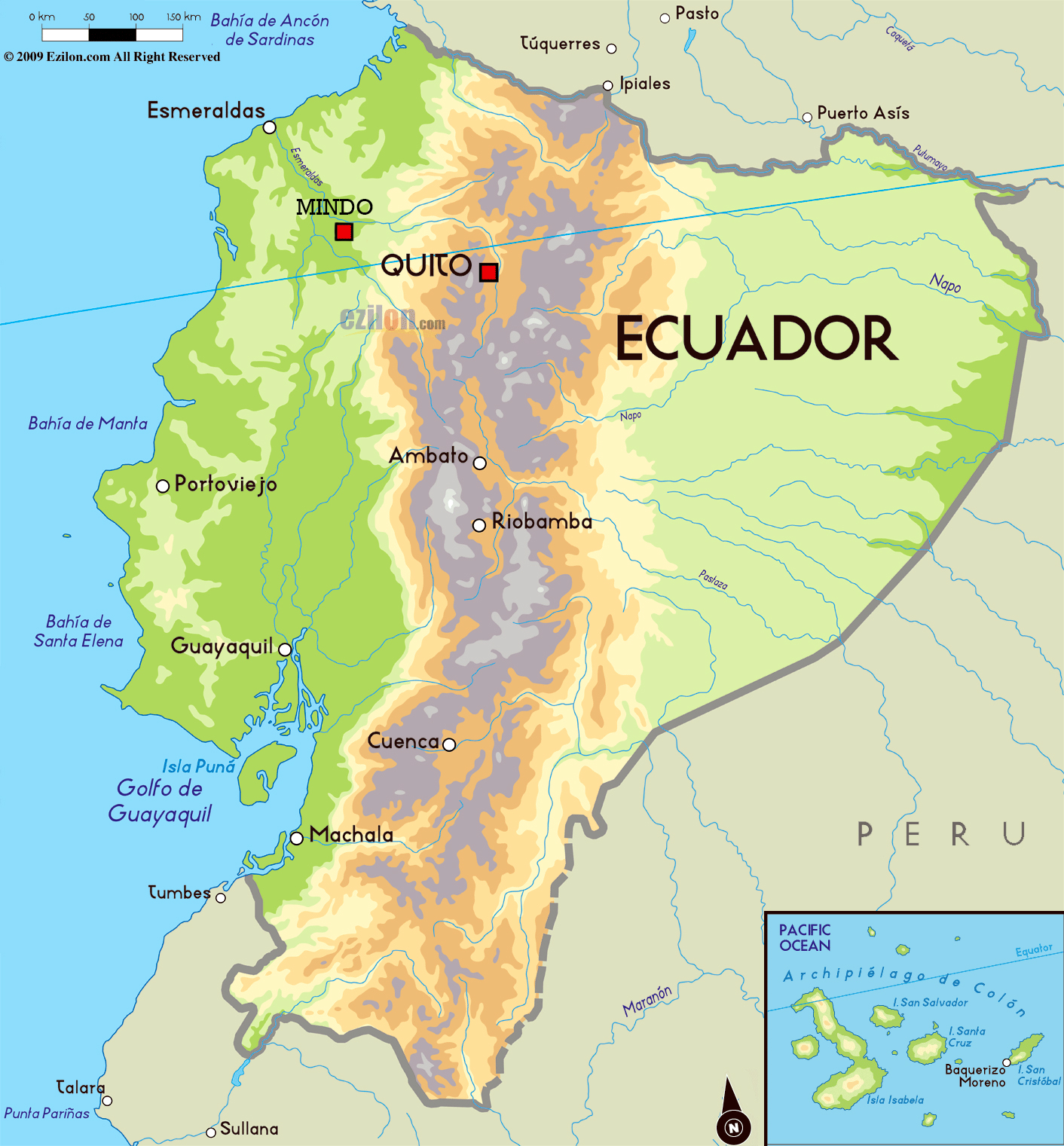
Explore Mindo, Ecuador
Gateway to the Cloud Forest
Mindo, a small village in Pichincha Province is located at 1,250–3,440 meters above sea level along the lower slopes of the Pichincha Volcano and an approximately 2-hour drive from the capital city, Quito.
It is a unique biodiversity hotspot in the lush subtropical forest where the Chocoan lowlands and Tropical Andes meet, hosting over 500 bird species, 90 butterfly species, and unique flora like orchids and bromeliads.
Nestled in a vibrant cloud forest, Mindo, a quaint town of ~3,000, is a global ecotourism gem, radiating a laid-back charm perfect for nature enthusiasts, birdwatchers, and thrill-seekers. Renowned as a premier birding destination, it’s home to the striking Andean cock-of-the-rock, or gallo de la peña, a bird as captivating as its quirky name.
Mindo’s cloud forest ecosystem is characterized by the persistent low-lying clouds, fostering lush, misty canopies teeming with life—especially vibrant bird species—making it a haven for biodiversity and adventure. A must-visit is the unforgettable Paz de las Aves Refuge.
Mindo, Ecuador
TidBits Tabs – Know Before Trip
(click on the tab to open/close)

How to Get There:
Road Conditions:
Car Rental at the Airport:
We rented a car at the Mariscal Sucre International Airport, UIO in Quito
Travel Advice – General Safety:
Mindo is generally safe for tourists.
The U.S. State Department advisory for Ecuador: https://travel.state.gov/content/travel/en/traveladvisories/traveladvisories/ecuador-travel-advisory.html.
Travel Advice – General Precautions:
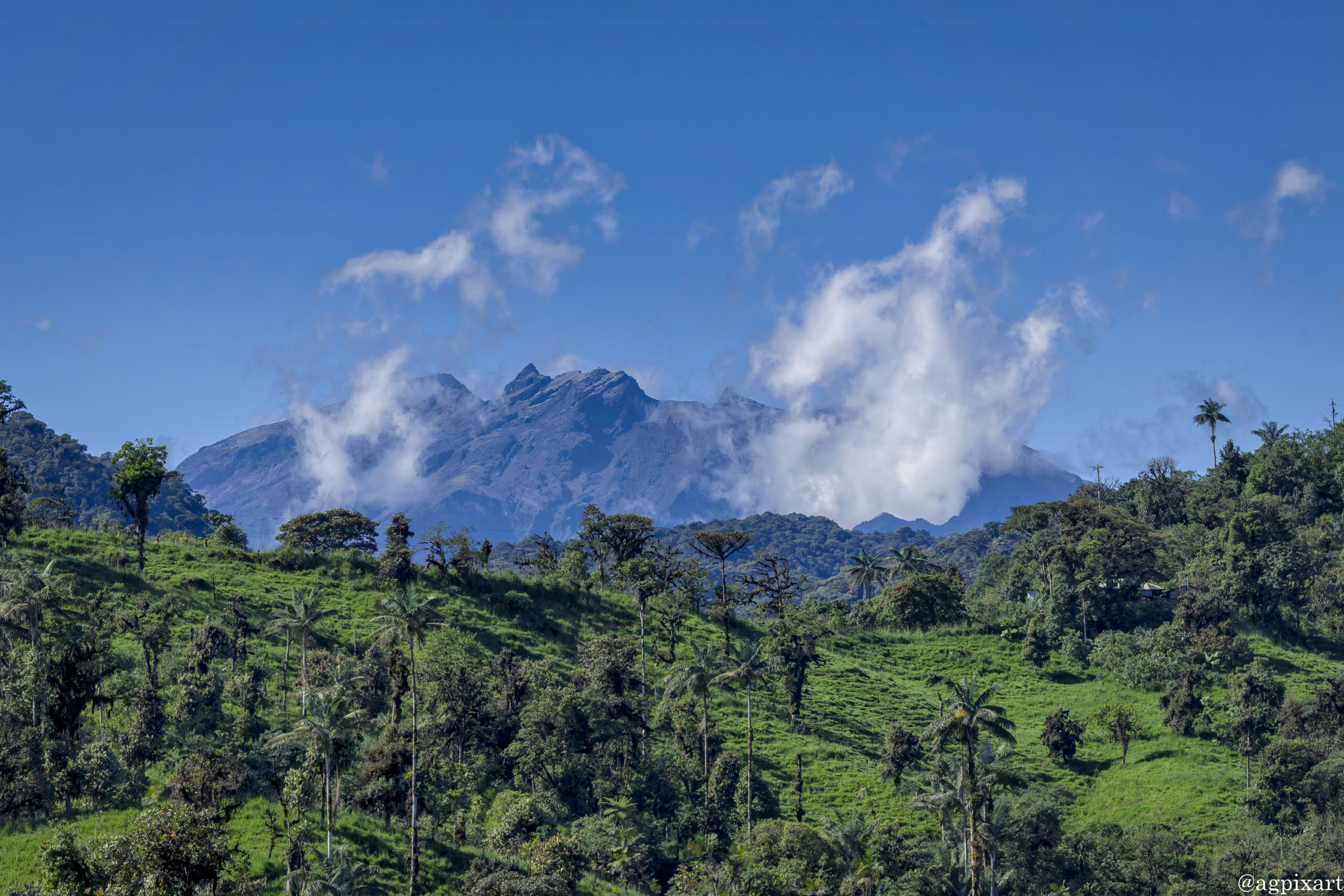
A local SIM card for affordable data, calls, and texts OR alternative and convenient eSIM.
Phone: SIM card – Main companies are Claro, Movistar, CNT, and Tuenti (an MVNO on Movistar’s network).
eSIM Data Options – Purchase online, activate via QR code before or upon arrival.
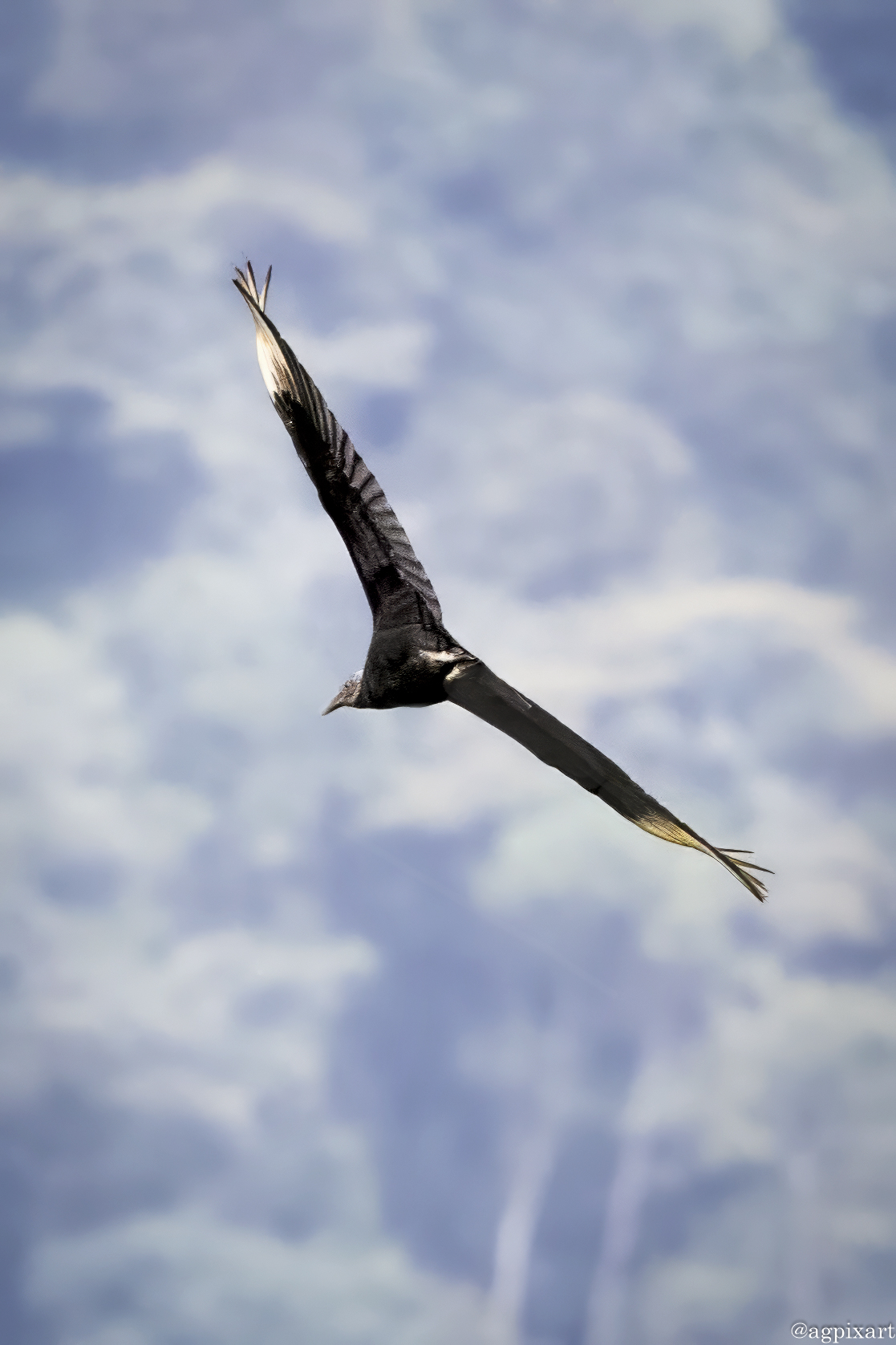
Birdwatching at Refugio Paz de las Aves
The Refugio Paz de las Aves is one of Mindo, Ecuador’s most iconic attractions, renowned as a premier birdwatching destination in the cloud forest. This family-run conservation sanctuary, spearheaded by the visionary Paz family, is dedicated to preserving vibrant bird habitats and offers unparalleled encounters with rare species, notably the dazzling Andean cock-of-the-rock (gallo de la peña). Dawn tours (5–6 AM), guided by expert naturalists, deliver bucket-list moments for nature enthusiasts and photographers, blending thrilling wildlife sightings with a heartfelt conservation narrative. Many tours include a delightful home-cooked Ecuadorian meal at the Paz family’s lodge, enhancing the immersive experience.
Recommended: Book 1–2 weeks ahead, especially in high season (Jun–Aug, Dec–Jan) or for weekends, as groups are capped at 10–12. Wear sturdy hiking boots (trails are muddy) and have rain jacket/poncho accessible.
Tip Generously: Guides like rely on tips (~$10 USD per person). Their expertise and conservation work deserve support.
Why Refugio Stands Out
Refugio Paz de las Aves isn’t just a birdwatching spot—it’s a testament to one family’s dedication to saving Mindo’s cloud forest. The chance to see Andean cocks-of-the-rock strutting, antpittas hopping for worms, and hummingbirds flashing like gems, all guided by passionate locals, makes it an unforgettable experience. It’s more personal than larger reserves like Bellavista, more accessible than remote Amazon lodges, and more impactful than casual Mindo hikes. Whether you’re a hardcore birder or a first-time nature lover, the refuge delivers awe and inspiration.
Overview of Refugio Paz de las Aves

Location
Refugio Paz de las Aves is located in the Mindo-Nambillo Cloud Forest, near Nanegalito, about 20 km (12 miles) from Mindo’s town center, in Ecuador’s Pichincha Province. It’s roughly a 30–45-minute drive from Mindo or 2 hours from Quito’s Mariscal Sucre International Airport via Route E28. It spans ~120 hectares, protecting primary cloud forest and reforesting degraded areas.
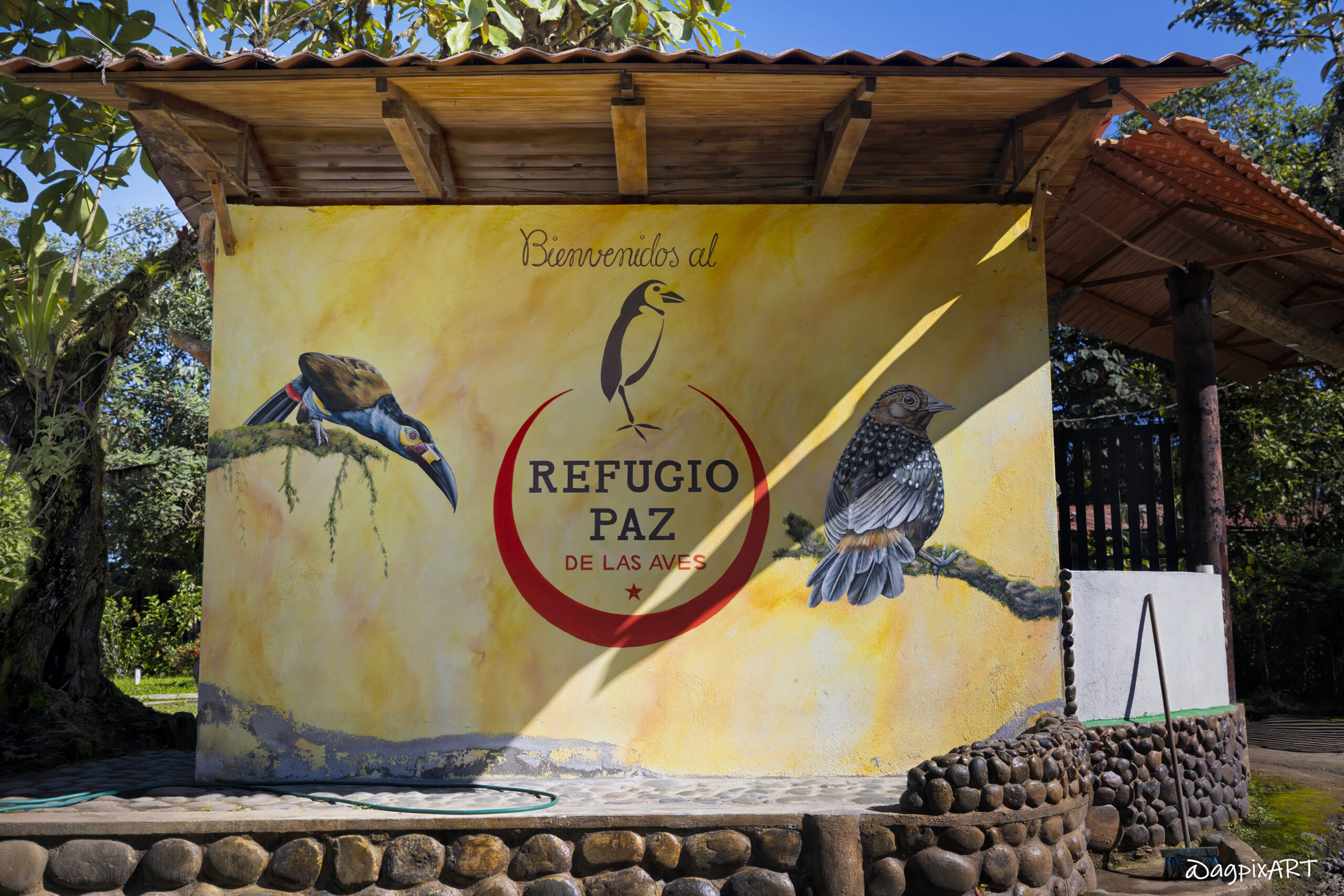
Unique Conservation Story
In the 1990s, Ángel and Rodrigo Paz, discovered the cock-of-the-rock lek on their land. Instead of clearing forest for cattle, they began protecting it, learning bird behaviors with help from ornithologists. By 2000, they opened the refuge to tourists. Ángel’s breakthrough was training antpittas to appear for worms, a feat that stunned birders worldwide.
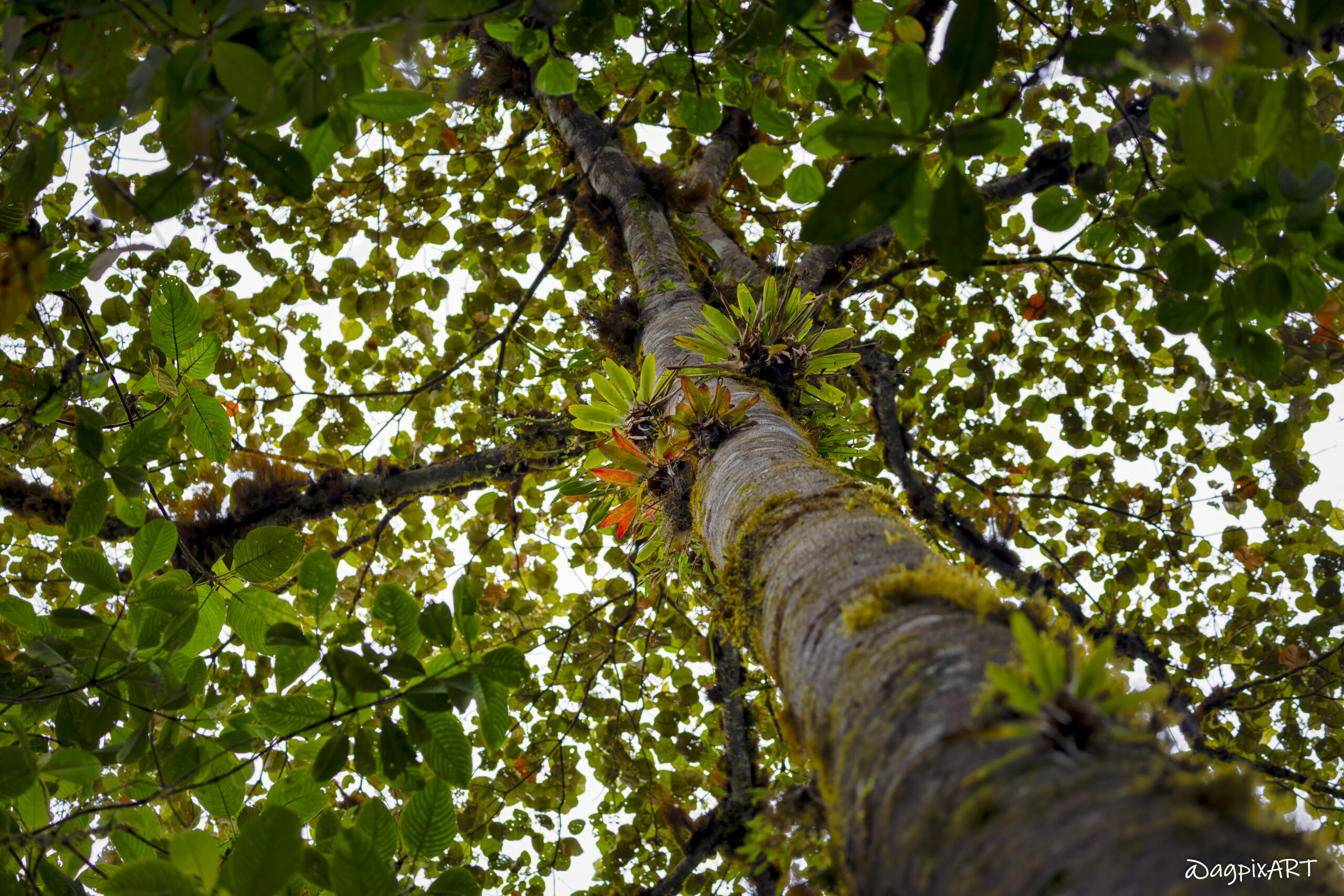
Biodiversity Hotspot
Situated where the Chocó and Andean ecosystems meet, the refuge boasts diverse flora and fauna, including orchids, bromeliads, and occasional sightings of mammals like Andean bears or olinguitos.
Hummingbird feeders attract many dazzling species like the Velvet-purple Coronet.
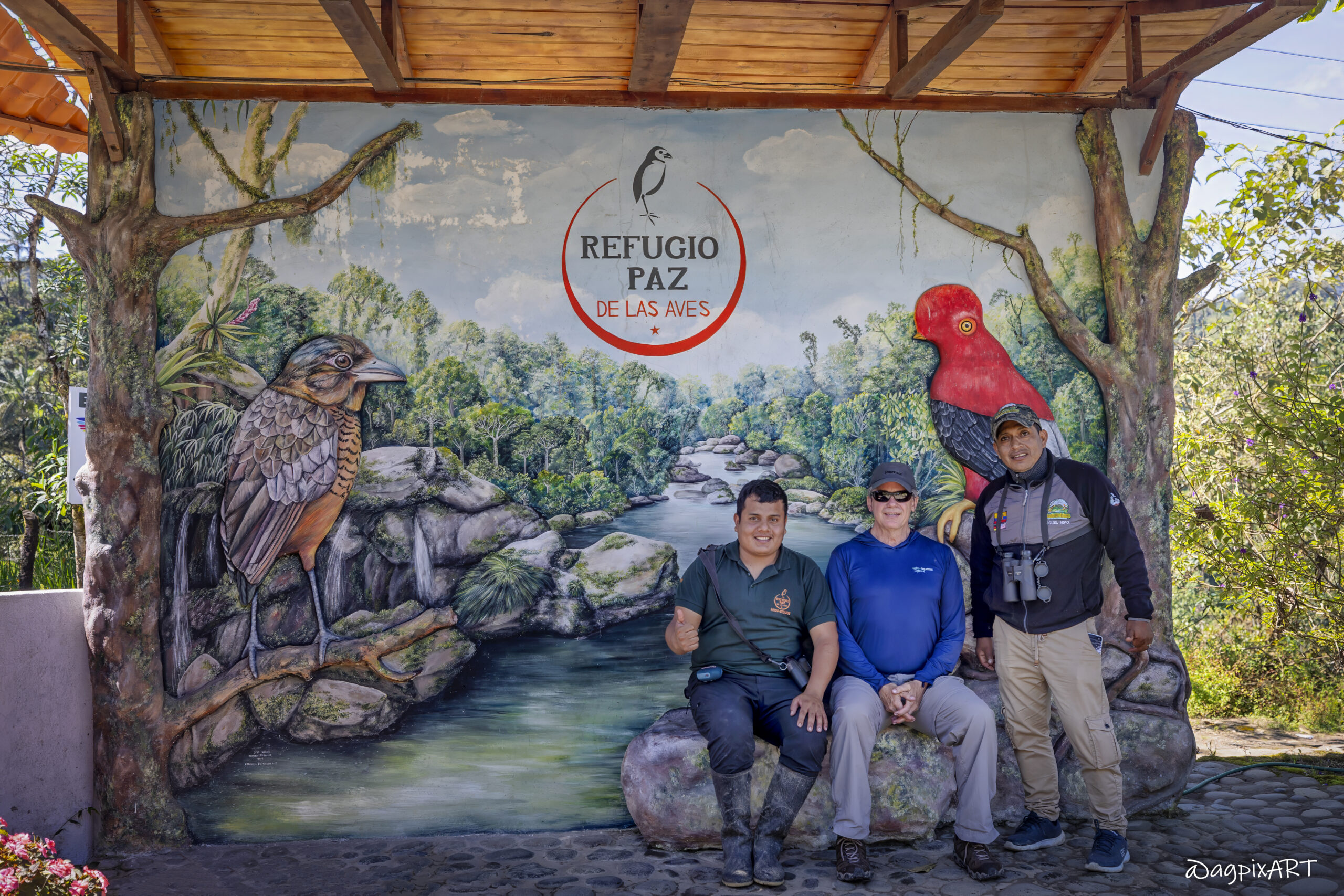
Intimate Experience
Unlike larger reserves, Refugio offers small-group tours (max 10–12 people), led by experienced guides, ensuring personal attention and close-up wildlife encounters. It’s ideal for birders, photographers, and nature enthusiasts of all levels.
It’s a bucket-list stop for serious birders and casual travelers alike
Key Attractions and Activities at Refugio Paz de las Aves
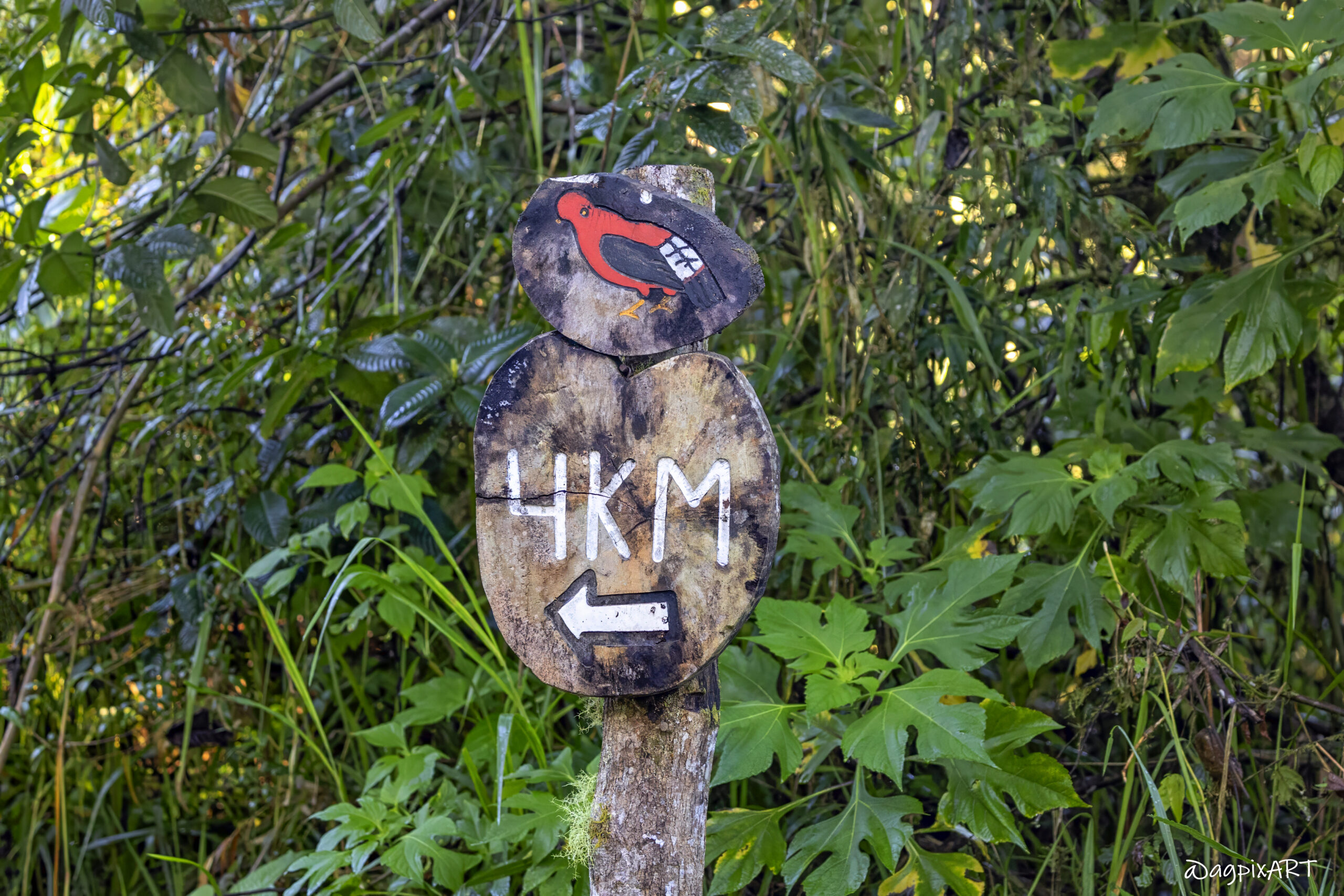
Cock-of-the-Rock Lek Tour (Early Morning)
Visit a hidden lek at dawn (~5:30–6:30 AM) to watch male Andean cocks-of-the-rock perform their boisterous mating displays, squawking and bobbing to attract females. The vibrant red birds against the misty forest are a surreal sight. Viewing platforms ensure minimal disturbance.
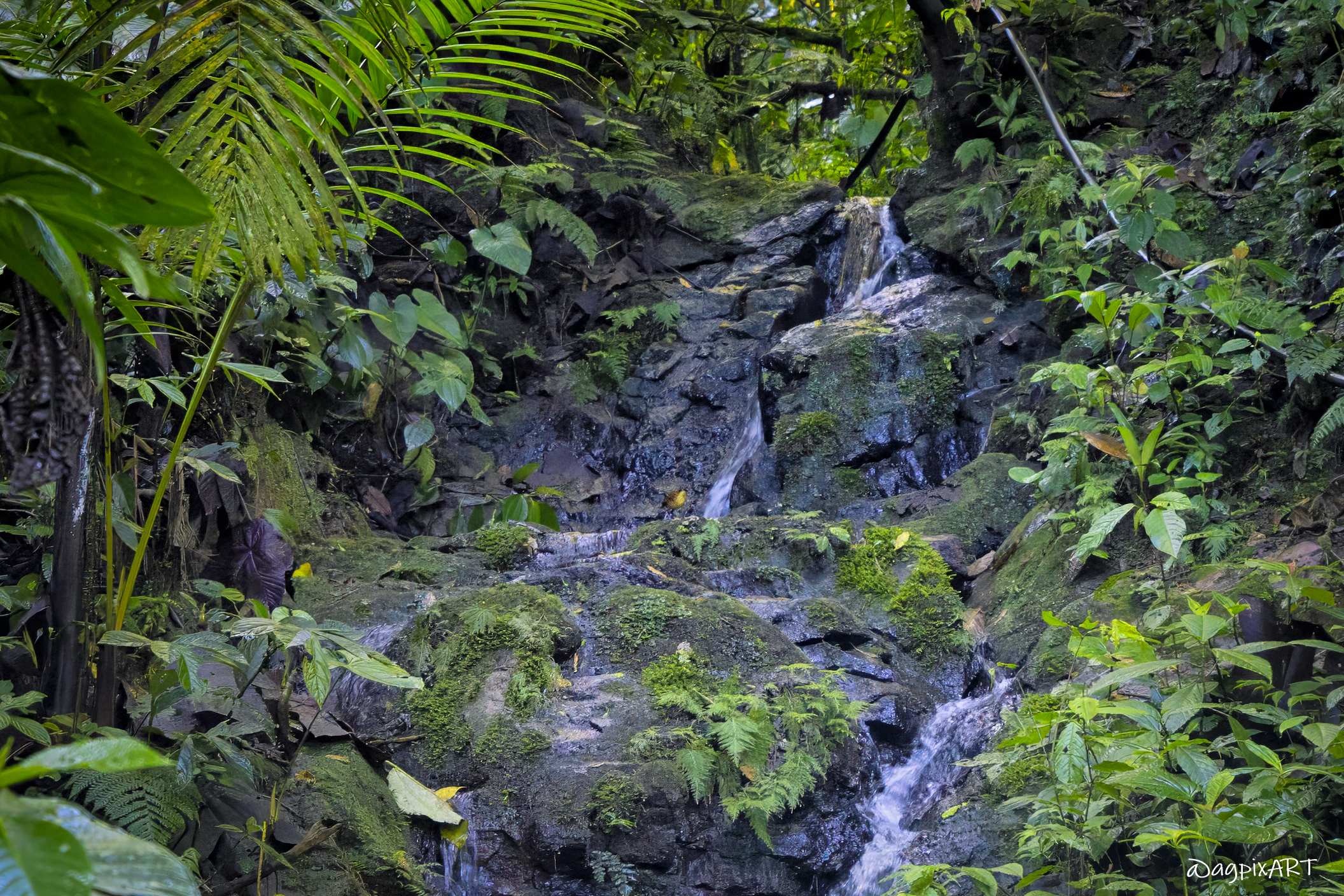
Antpitta Feeding Stations
Observe elusive antpittas—shy, ground-dwelling birds—emerge from the forest to eat worms at feeding stations.
Seeing Antpittas makes a rare treat, as these birds are nearly impossible to spot in the wild.
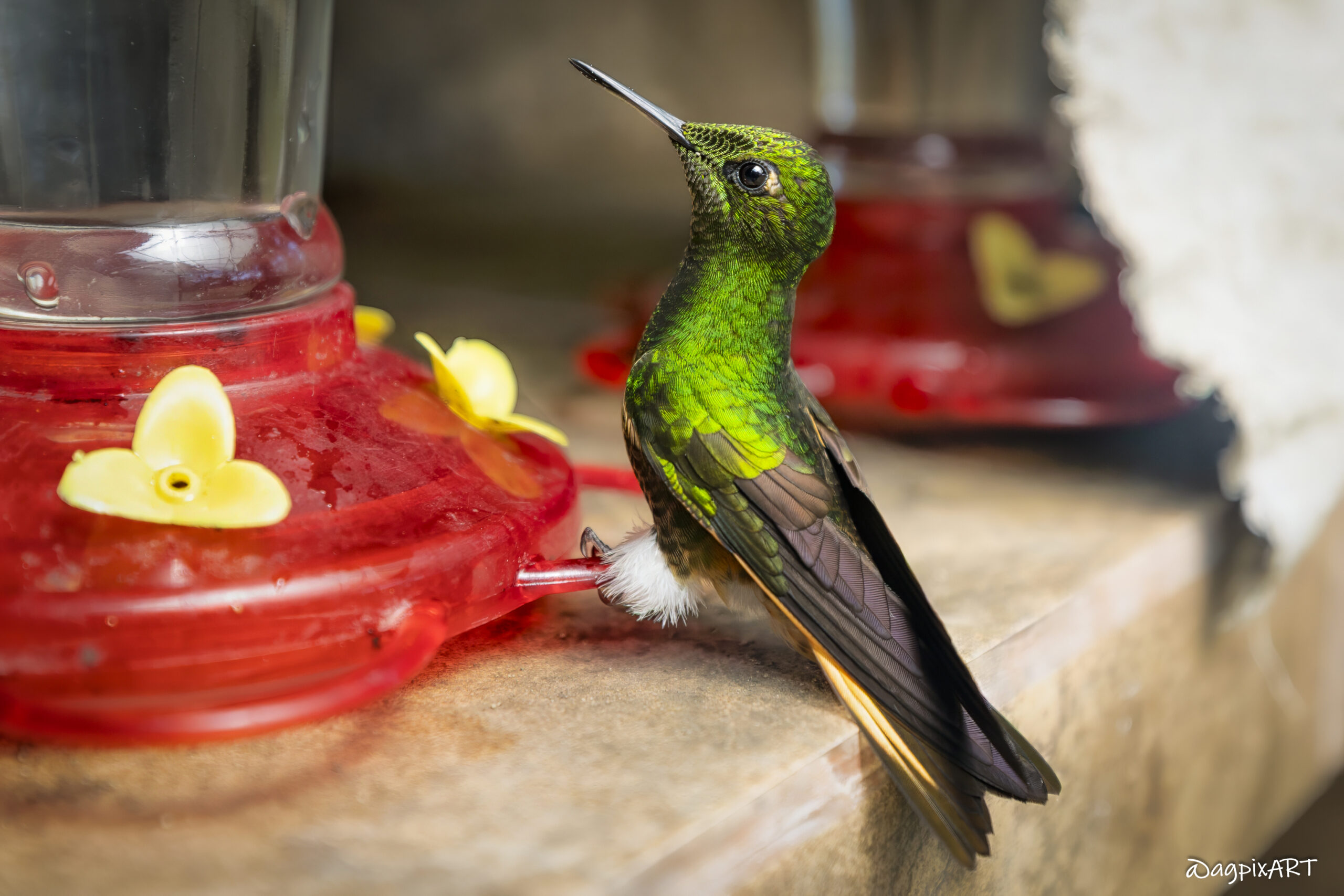
Hummingbird and Tanager Feeders
Relax at feeding stations where dozens of hummingbirds (e.g., Booted Racket-tail, Violet-tailed Sylph) and colorful tanagers (e.g., Flame-faced, Golden) dart around.
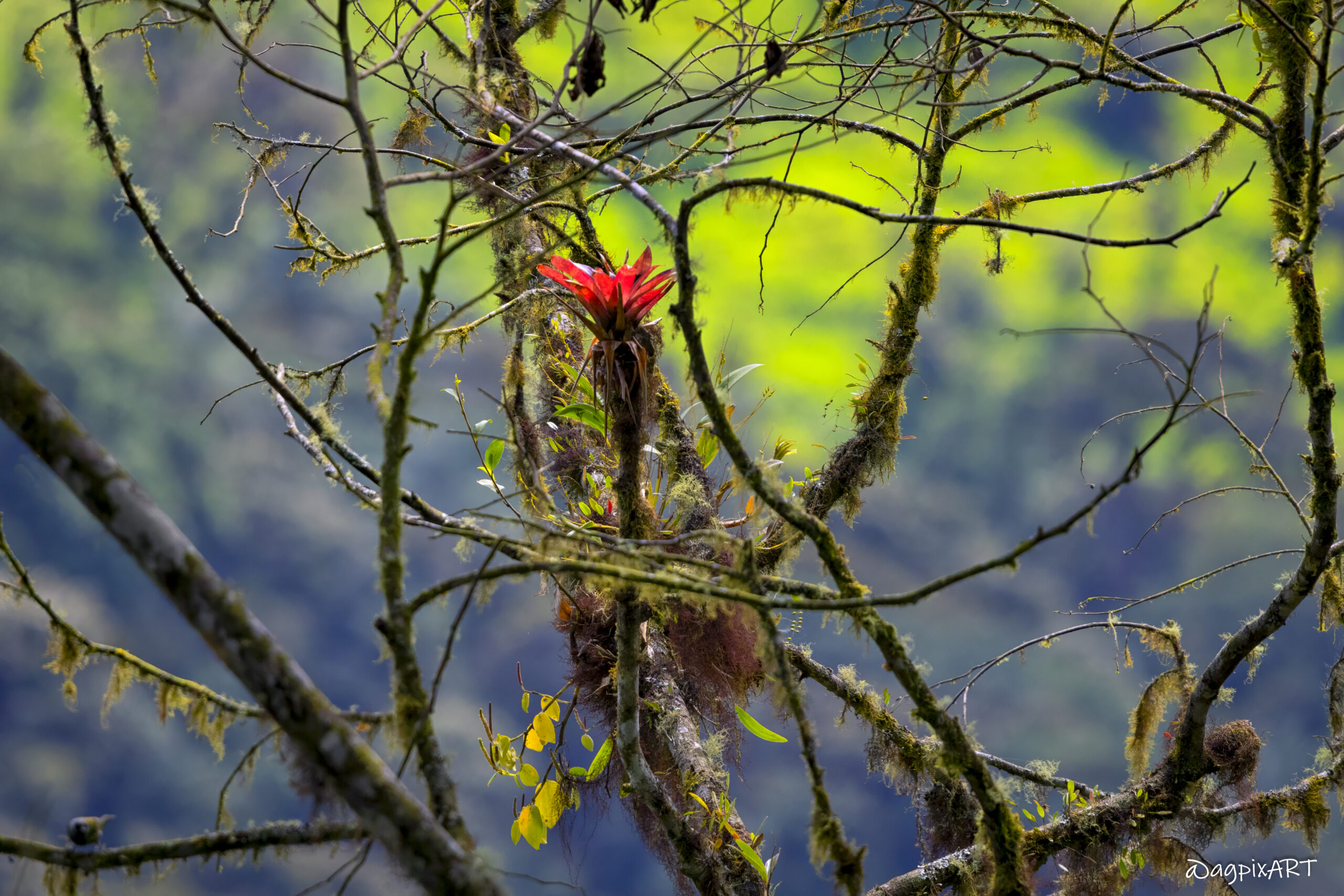
Forest Trails
Explore 2–3 km of trails through primary and secondary cloud forest, spotting toucans, trogons, or manakins. Trails range from easy to moderate, with some steep sections.
Birds-to-See at Refugio Paz de las Aves
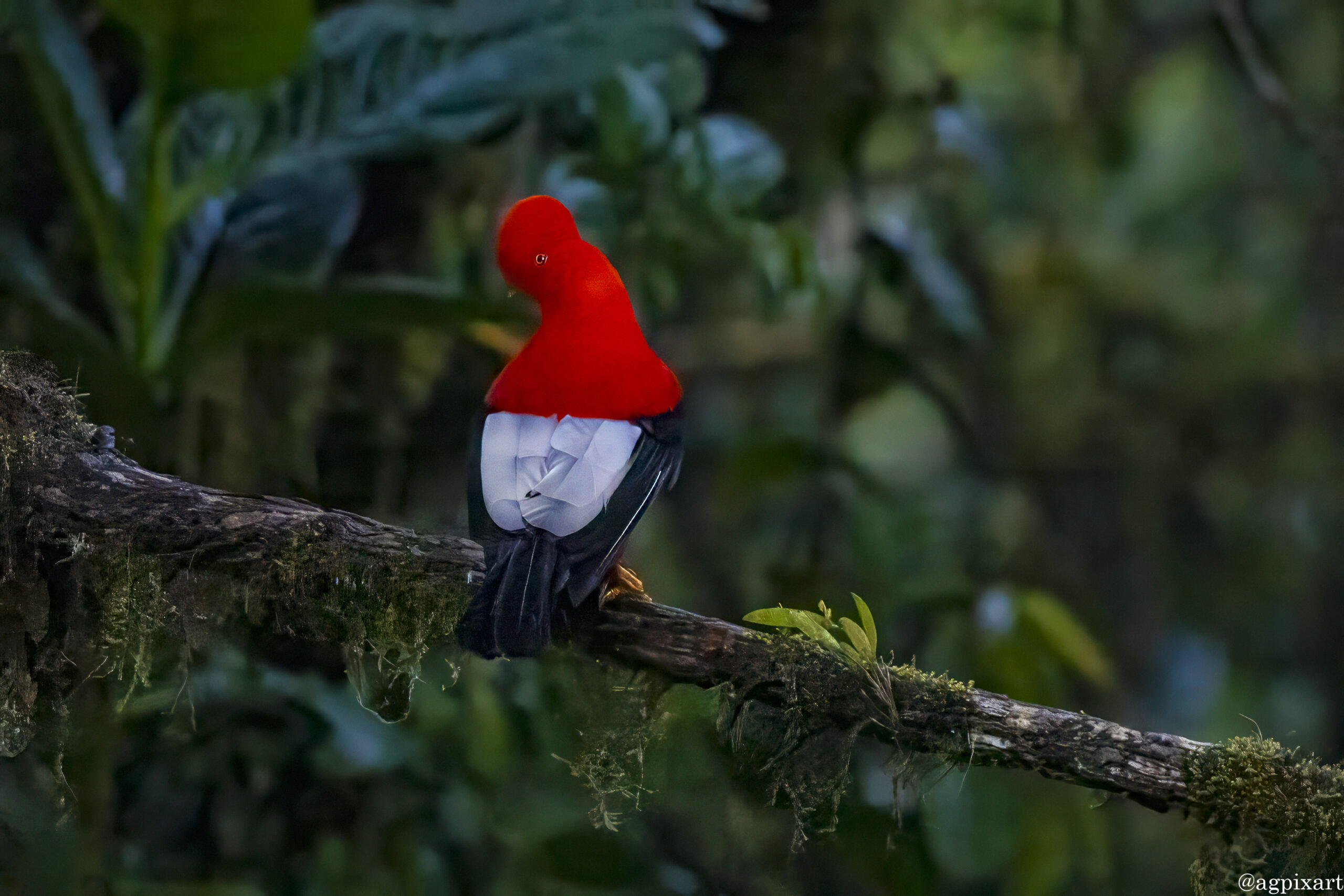
Cock-of-the-Rock
The Andean cock-of-the-rock, (Rupicola peruvianus), is a vibrant icon of the Andes’ cloud forests. Notably larger and stockier than a thrush, this striking bird is most often seen at dawn lek sites, where males emit pig-like squeals and perform spirited jumps and dances to attract females. Males dazzle with vivid crimson or orange plumage, jet-black wings, broad silvery tertials, bright orange legs, and a distinctive puffy, rounded crest. Females, in contrast, are a subdued brown with a smaller crest and a piercing pale eye. Nests on large rocks or cliff faces.
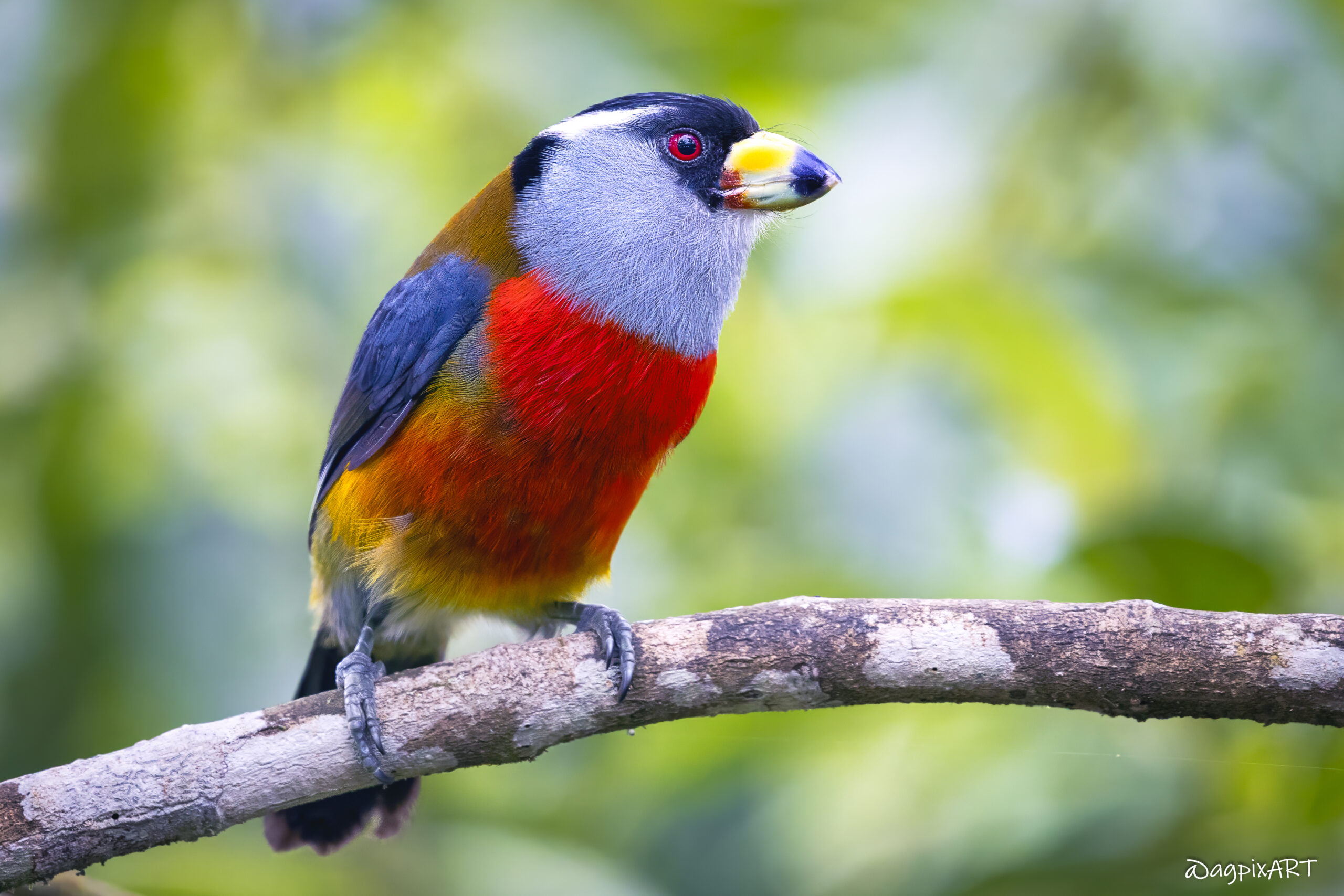
Toucan Barbet
The Toucan Barbet (Semnornis ramphastinus) is a spectacular and iconic bird in the cloud forests. This striking bird dazzles with its gray throat, vivid red breast and belly, bold black cap, and a distinctive white stripe trailing behind its eye, complemented by a stout yellow bill tipped in black. A versatile feeder, it eats large insects and fruit, often gracing feeders with its presence. Its signature song—a duet of nasal toots performed by males and females at slightly varied pitches and rhythms, occasionally overlapping—creates a haunting, harmonious sound.
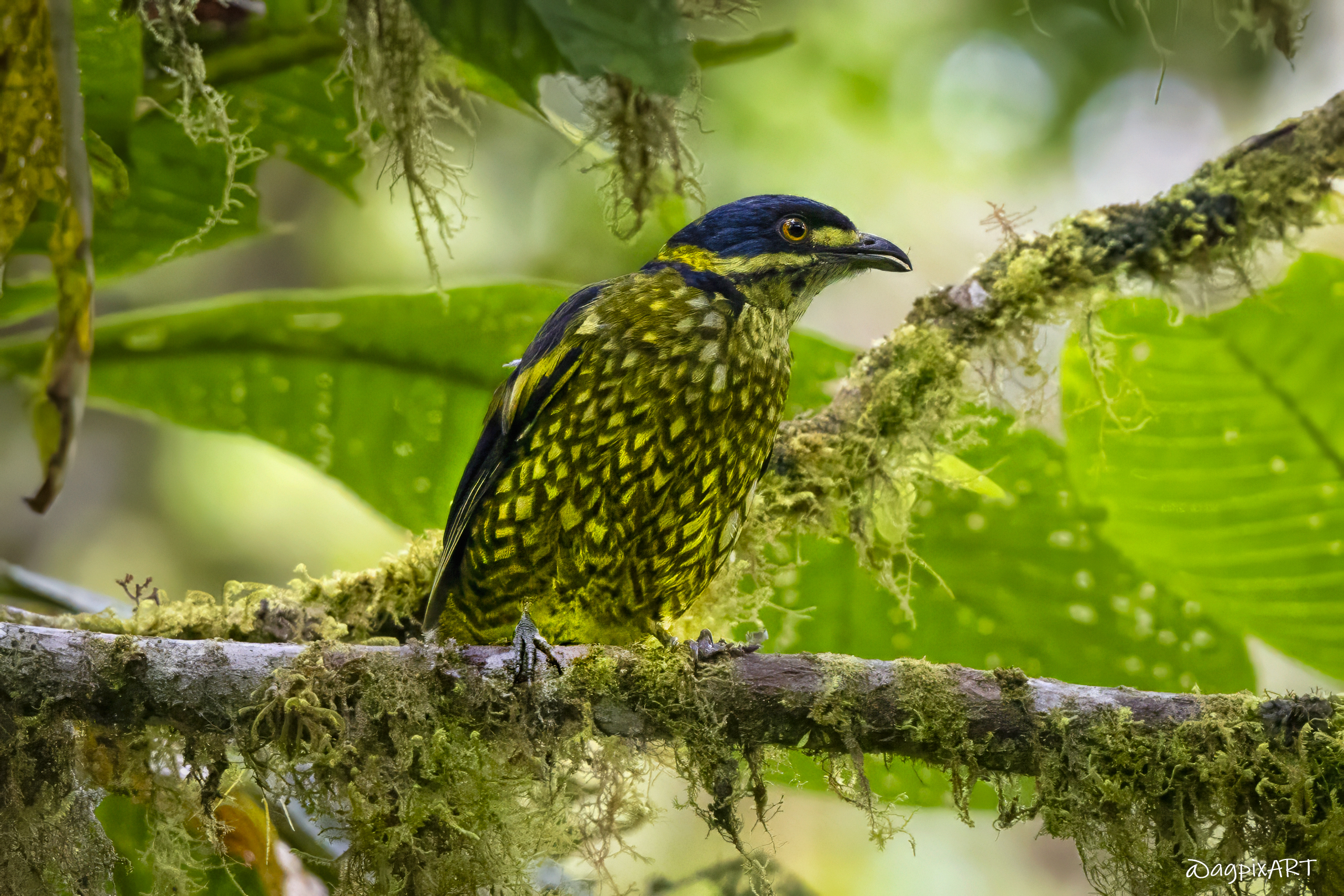
Scaled Fruiteater
The Scaled Fruiteater (Ampelioides tschudii) is a captivating, compact bird of the Andean forests, sporting a distinctive mossy green and black, scaly pattern. Its chunky build, short tail, and flat head are accented by a bold green wingbar and a striking black cap. Females display subtler black hues but retain the iconic scaly texture. Quiet and elusive, it perches discreetly in mid-to-upper forest levels, often near fruiting trees. Its presence is betrayed by a loud, descending whistle that pierces the misty air, a signature call of its high-altitude haunts.
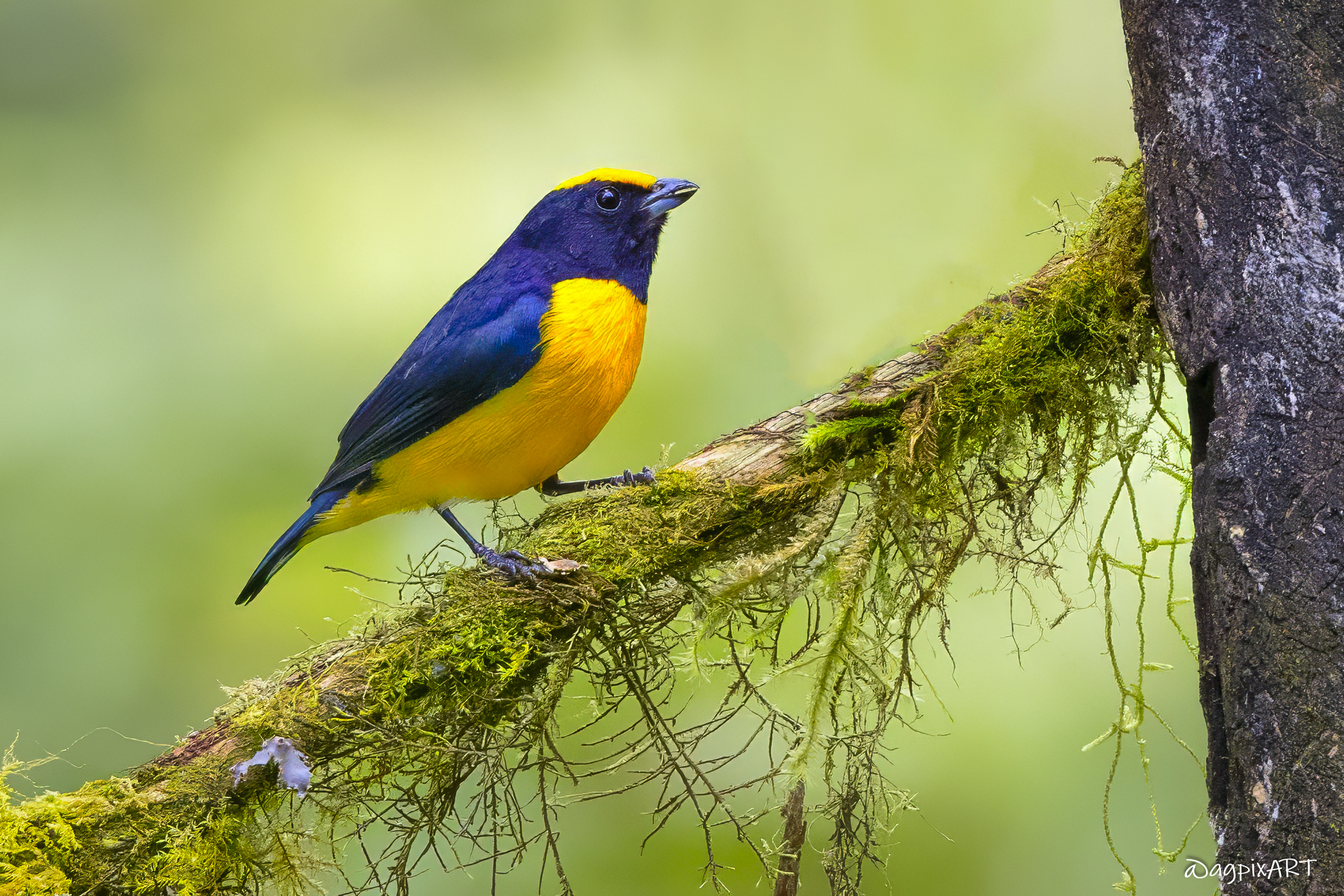
Blue-winged Mountain Tanager
The Blue-winged Mountain Tanager (Anisognathus somptuosus) is a vibrant tanager thriving in the Andean cloud forests from Colombia to Bolivia. Its striking plumage features a vivid yellow underbelly, jet-black upper body, and dazzling blue shoulder patches with matching blue edges on wing and tail feathers, topped by a bold yellow crown. Subtle variations exist, with populations on the eastern Andean slopes of Colombia and Ecuador sporting a lush, mossy green back. A lively and common presence in forests.
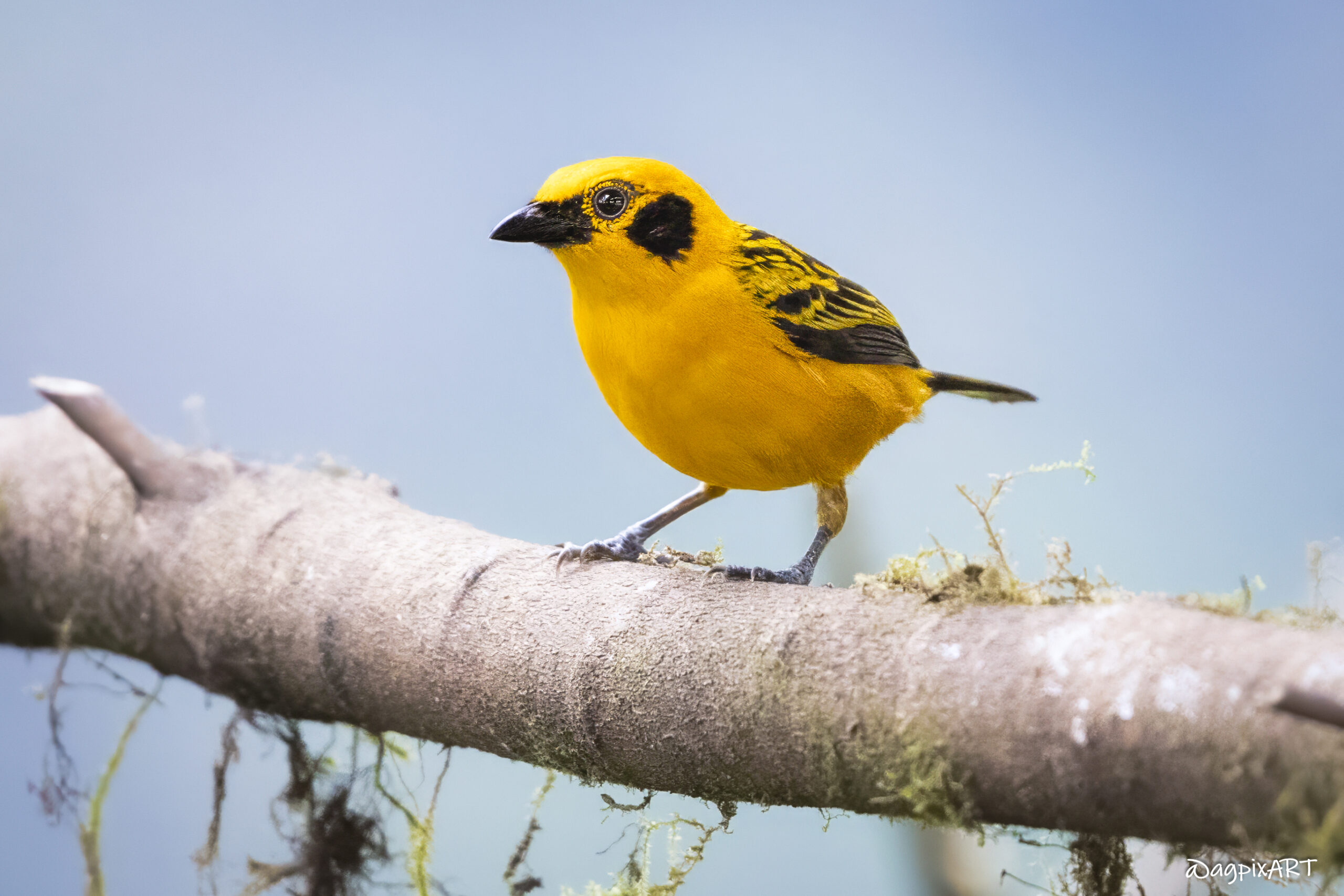
Golden Tanager
The Golden Tanager (Tangara arthus) is a radiant tanager found in foothills and subtropical forests, spanning Venezuela to Bolivia. This petite tanager dazzles with its vibrant golden-yellow plumage, accented by a distinct black ear patch, a subtly streaked back, and predominantly black wings and tail. Northern populations flaunt a rich chestnut breast band and flanks, adding regional flair. Both sexes shimmer alike, though juveniles sport a softer, muted yellow. One of the most common tanagers in the misty cloud forests.
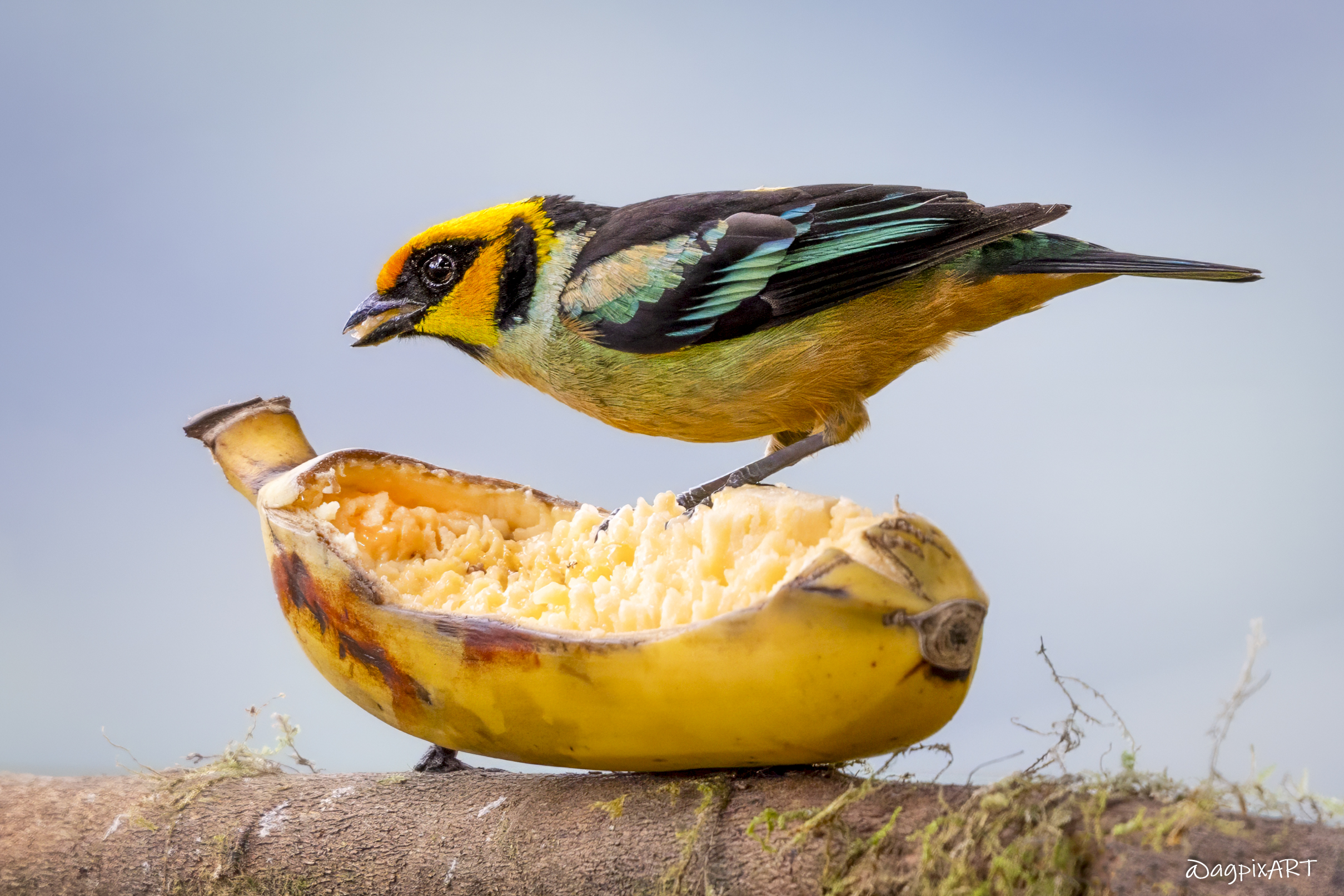
Yellow-faced Tanager
The yellow-faced tanager (Bangsia parzudakii), is a striking small tanager, instantly recognizable by its vivid red-orange face that transitions to bright yellow on the crown and nape. Its distinct features include a bold black ear patch, a jet-black back, shimmering greenish-opal underparts, a vibrant greenish shoulder patch, and a tawny vent. Birds on the eastern Andes slope sport a brighter red face, while those on the western slope lean more orange.
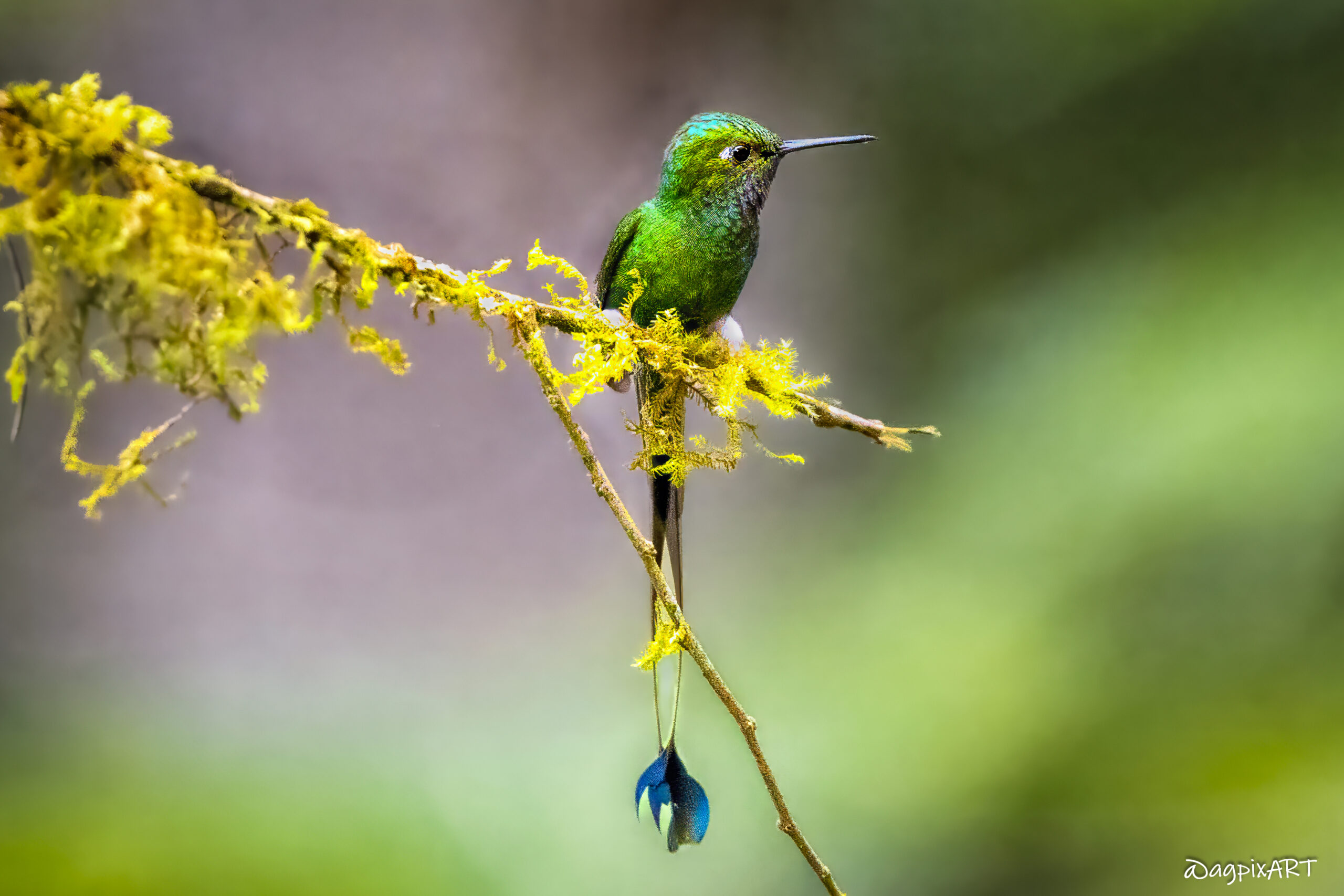
White-booted Racket-tail
The White-booted Racket-tail (Ocreatus underwoodii) is an enchanting hummingbird, known for its whimsical charm. The male, tiny yet striking, sports an elongated tail adorned with distinctive racket-shaped tips and fluffy white leg puffs, making him easy to recognize. The female, lacking the male’s dramatic tail and rackets, is identified by her pristine white breast, delicate whisker mark, and a subtle white spot (not a line) behind the eye. Compared to the similar female Purple-bibbed Whitetip, she has a shorter bill and clearer breast.
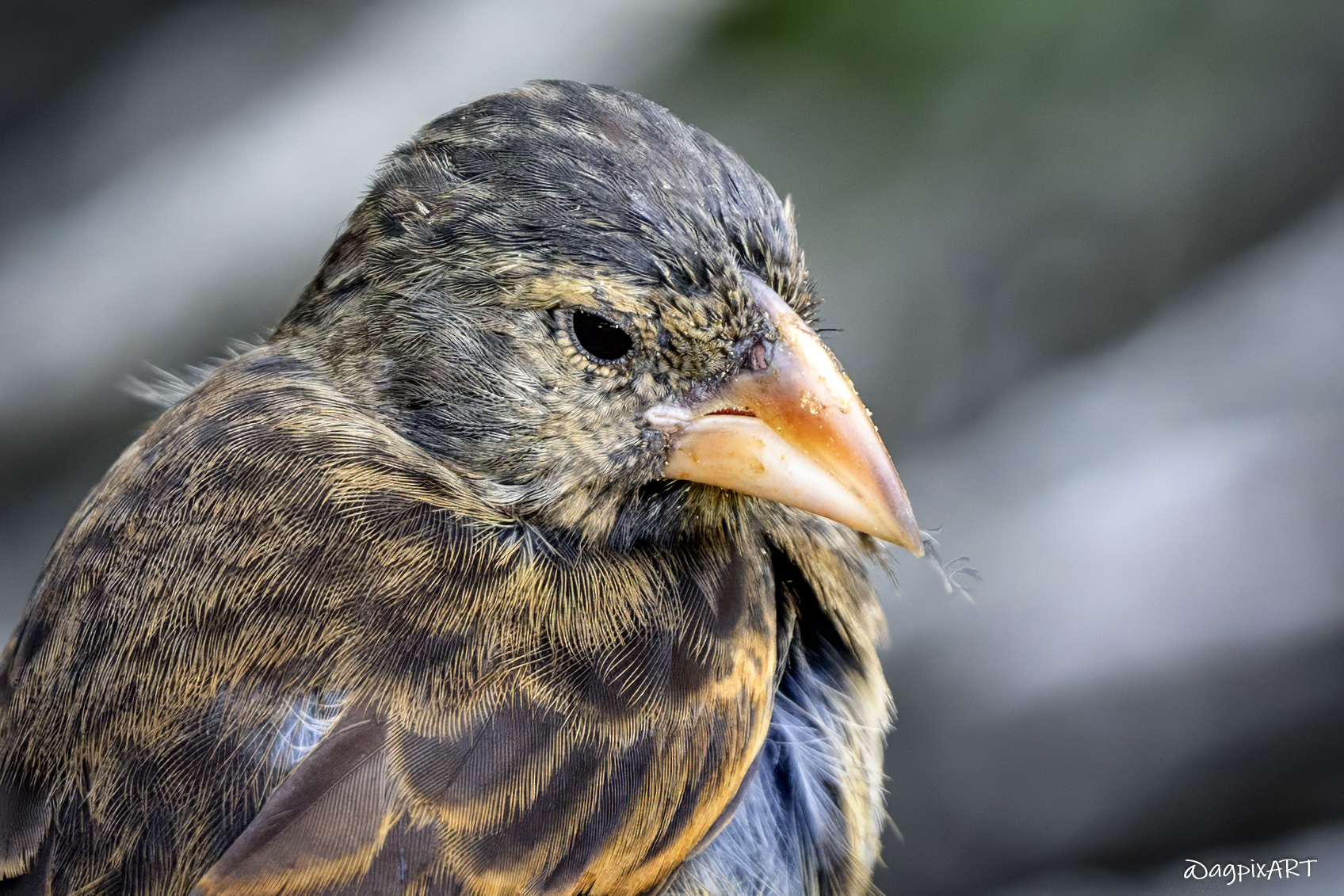
Genovesa Cactus Finches
The Genovesa Cactus Finch (Geospiza propinqua), a member of Darwin’s finches, is specifically endemic to Genovesa Island. Adult males sport a sooty-black plumage, while females exhibit brown feathers with paler, gray-streaked underparts. The bill of breeding males is solid black, in contrast with the yellow or orange markings on the bills of females and non-breeding males.
They feed on Opuntia cactus pulp, flowers, fruits, and nectar, supplementing its diet with insects and seeds. Monogamous pairs defend small territories year-round, with breeding peaking from January to May. Males attract mates with a buzzy, rolling song and construct dome-shaped nests from dry grasses in cacti or shrubs.
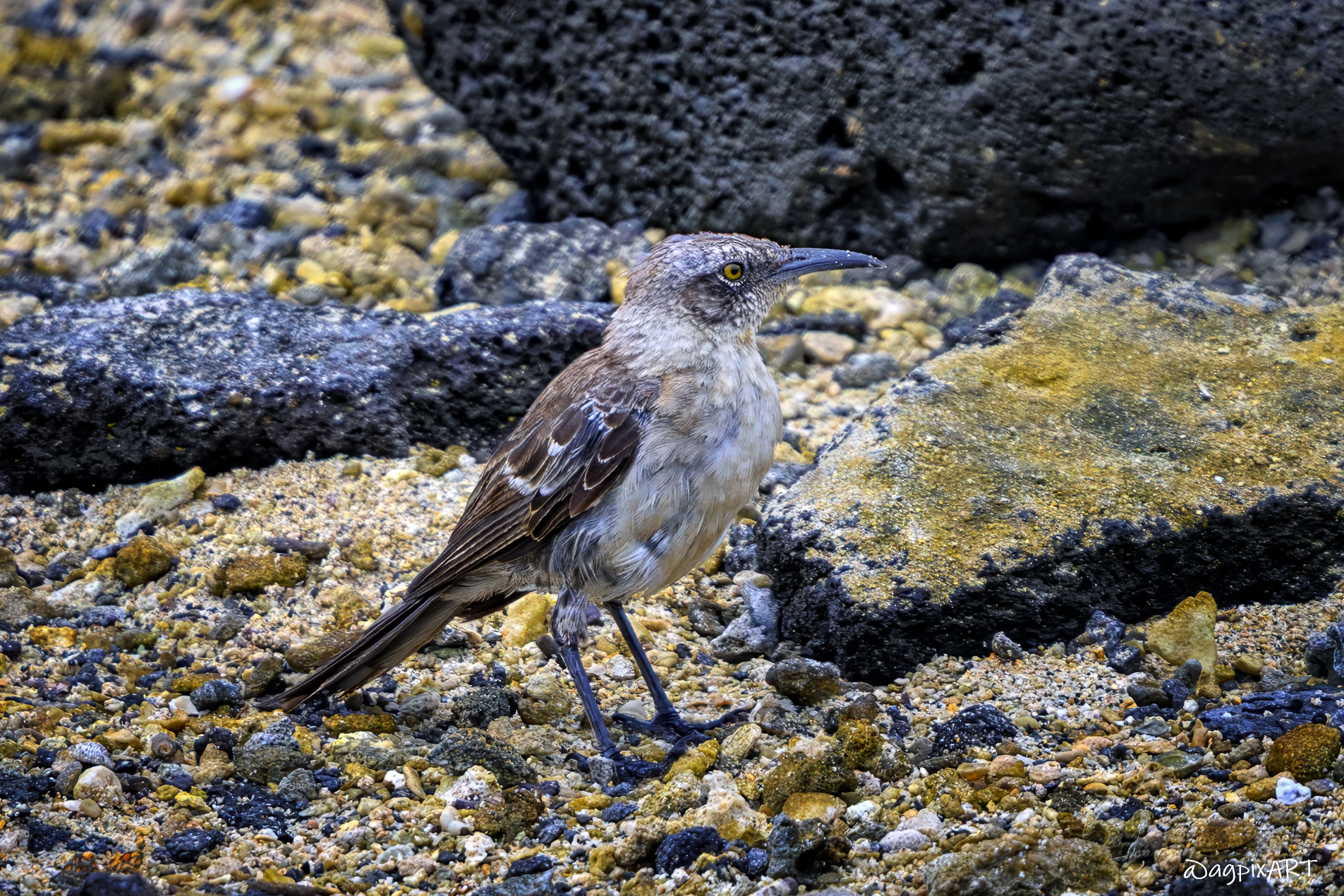
Galapagos Mockingbirds
(Mimus bauri) is one of four endemic mockingbird species in the Galapagos, uniquely adapted to Genovesa’s arid, cactus-dominated landscape. It is a small, grayish-brown bird known for its curious behavior and complex vocalizations, often mimicking other species. Their strong wings allow agile maneuvers to chase insects or evade predators like short-eared owls. Unlike most birds, Genovesa mockingbirds often live in cooperative family groups where younger siblings help raise new chicks, a rare social behavior that boosts survival in their harsh environment. They build simple twig nests in cacti or low shrubs, often reusing them across seasons, and both parents share incubation duties for about 12–14 days.
Where-to-Eat in Mindo
Mindo despite its small size boasts a surprisingly diverse culinary scene reflecting its eco-conscious, small-town charm, blending fresh, local ingredients with international influences to cater to its global visitors. Most restaurants are located near the main square.
In most locations cash is preferred. Mindo has only one or two ATMs, and many restaurants don’t accept cards or foreign cards. Bring small USD bills ($1, $5, $10) from Quito or the airport.
Chocolate Focus: Mindo’s cacao culture is a highlight. Pair meals with chocolate-based desserts or drinks at El Quetzal or local markets for a true taste of the region.
Note: Ecuador’s tropical climate pose some risks, such as inconsistent refrigeration or water quality, which travelers should navigate carefully. The risk of severe foodborne illness is lower in Mindo than in less touristy rural areas of Ecuador, but precautions are still essential, especially for water and raw foods. Stick to busy, well-reviewed places to minimize risks. Be cautious with salads or unpeeled fruits at smaller establishments unless you confirm they use purified water for washing.
Check hours, as they vary.

El Quetzal de Mindo
This charming, well-regarded dining option, offers Chocolate-focused café with breakfast, lunch, and Ecuadorian dishes. Famous for its artisanal chocolate, made from locally grown cacao. Their chocolate tours (~$10) showcase the bean-to-bar process, ending with tastings. Try the homemade brownies, ginger chocolate bars, or hearty breakfasts like huevos rancheros. They also serve local coffee and vegetarian-friendly dishes. They are located near the main square, on 9 de Octubre.

Serenity Lounge Bar & Restaurant
This charming bar and restaurant is located on Vincente Aguirre y Quito, diagonal to Mindo’s central park (Parque Central). Its eclectic menu blends Spanish classics like paella, Ecuadorian delights such as heart of palm ceviche, and global dishes, featuring fresh local ingredients. With a robust selection of meat, fish, pasta, and standout vegetarian and vegan options, there’s something for every palate. Also serves excellent smoothies, cocktails, local ginger beers, and desserts.
Mindo, Ecuador – Attractions, Info & Map
Instructions for photo proofing and comments:
Left-click on the photo to access options for title information (i), leave comment, or mark the photo(s) as the favorite. The option to submit the selected as favorite photos is under “Submit proofs” button under photo gallery.

